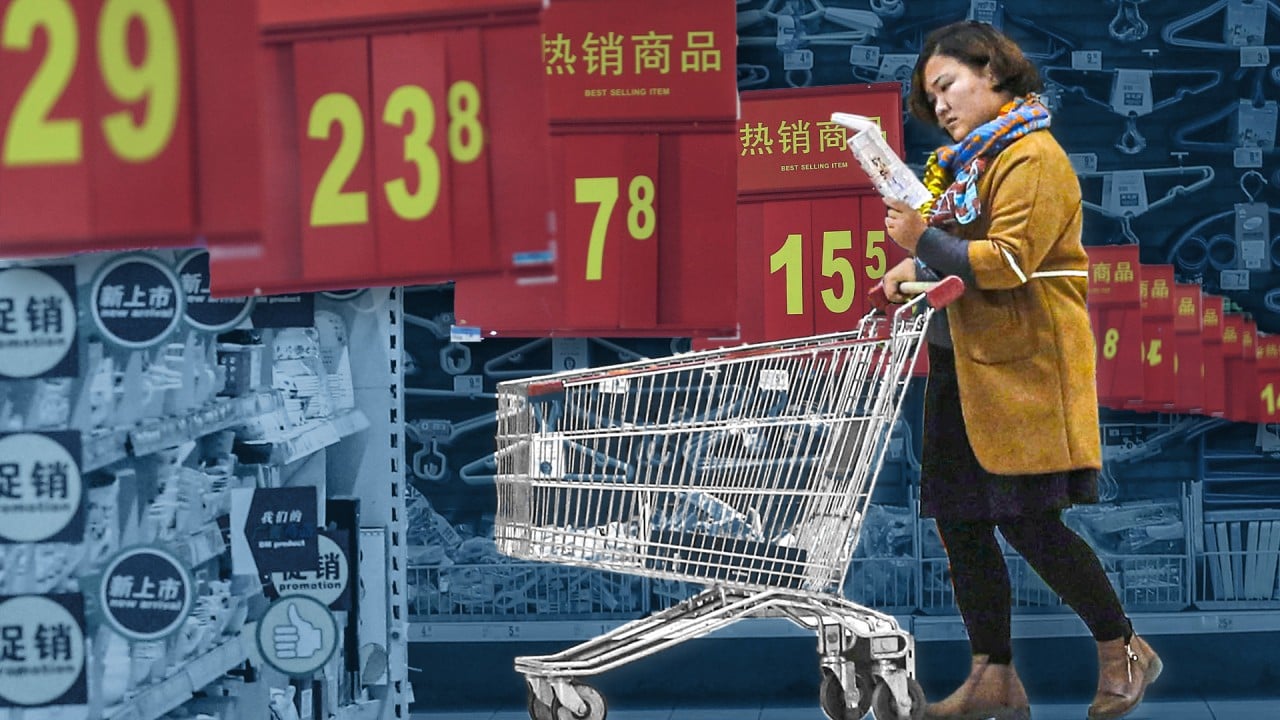China’s exports grew at the fastest pace in 15 months in June due to strong global demand and buyers potentially front-loading orders ahead of impending tariffs, but imports fell short of expectations last month due to sluggish domestic demand.
Analysts, though, said China’s foreign trade could slow down amid escalating geopolitical tensions for the rest of the year despite June’s export value also reaching a 21-month high.
Exports rose by 8.6 per cent from a year earlier to US$307.85 billion in June, beating the expected rise of 7.44 per cent surveyed by Chinese financial data provider Wind and the 7.6 per cent increase in May.
Imports, meanwhile, fell by 2.3 per cent from a year earlier, compared to the 1.8 per cent growth seen in May, falling short of positive projections by Wind, Bloomberg, and Reuters.
In the first half of the year, China’s exports reached US$1.71 trillion, up by 3.6 per cent year on year, while imports grew by 2 per cent.
“This indicates that overseas demand remains strong. Coupled with low product prices due to China’s deflationary pressure and the relatively low exchange rate of the yuan, Chinese products still share robust competitiveness globally,” said Ding Shuang, chief economist for Greater China at Standard Chartered.
“The market is also speculating that such high exports could also be driven by exporters front-loading orders ahead of impending tariffs,” added Ding, as export volumes reached a record high in June despite China’s producer price index having slumped last month.
But with the punitive tariffs from the European Union and the United States taking effect, export growth is expected to slow in the second half of the year, returning to a more “reasonable” rate of around 3.6 per cent, according to Ding.
“In addition, import data, dragged by sluggish domestic demand, is expected to gradually improve as more government bonds come on stream and infrastructure projects start largely in the autumn.”
June’s surprising export growth also came following a lower base in the same month last year, when exports fell by 12.4 per cent year on year.
Exports have been a bright spot over the past six months, supporting China’s aim to achieve its annual economic growth target of around 5 per cent this year.
China’s trade data show a divergence between the cyclical rebound in global demand and the still challenging domestic economic recovery
However, the sector is facing increased pressure as the EU’s punitive tariffs on Chinese electric vehicles took effect last week, while more countries, in addition to the US, are considering tariff increases.
Car shipments rose by 18.24 per cent year on year in June by volume, while by 12.58 per cent by value.
Ship exports rose by 29.68 per cent by volume, and by 53.78 per cent by value.
Exports of integrated circuits, meanwhile, rose 5 per cent year on year in June by volume, and by 14.48 per cent by value.
Imports of integrated circuits, though, fell by 0.1 per cent by value, but rose by 9.43 per cent by volume.
Elsewhere, China’s June trade surplus stood at US$99.05 billion, compared with US$82.6 billion in May.
“China’s trade data show a divergence between the cyclical rebound in global demand and the still challenging domestic economic recovery,” said Gary Ng, senior economist at Natixis Corporate and Investment Bank.
Despite the global tech cycle and green energy wave supporting the exports of electronics, automobiles and green tech products, it is still worrisome that the sluggish recovery in real estate and the lack of fiscal policy support have continued to limit consumption and investment, Ng added.
“While exports can be a rare stabiliser of China’s economy in 2024, there is still a limit due to geopolitics and insufficient demand-side policies,” he added.
In terms of trade partners, China’s exports to the Association of Southeast Asian Nations rose by 15 per cent in June.
Shipments to the United States, meanwhile, increased by 6.6 per cent, representing a second straight month of positive growth.
Exports to Russia grew by 3.4 per cent year on year in June, while shipments to the EU rose by 4 per cent during the period.
And China’s strong exports are likely to continue in the coming months, bolstered by further real effective exchange rate depreciation, with the tariffs from the US and EU not expected significantly impact overall exports in the short-run as they only target a small portion of Chinese exports, according to Zhichun Huang, China economist at Capital Economics.
But as imports of industrial metals dropped back last month, Huang added that the stronger government bond issuance since May has not yet fed through to increased infrastructure spending and demand for commodities.
“But we expect this to occur soon, boosting the import-intensive construction sector,” he added.
China’s exports are likely to peak in the middle of the year before declining, according to Wen Bin, chief economist at China Minsheng Bank, with annual export growth of around 5 per cent.
Escalating global trade protectionism and the possibility of Donald’s Trump’s re-election as US president are expected to exert pressure on China’s future exports, Wen said on his Sina blog on Monday.
“If exports tumble, it could exacerbate domestic overcapacity, leading to lower prices and higher real interest rates. This, in turn, may reduce both enterprise investment and consumer spending, causing the property market to continue fluctuating and see a bottom,” he said.
“In this context, Beijing is expected to further support policies on infrastructure, large-scale equipment trade-in, and property destocking in the second half of the year.”



